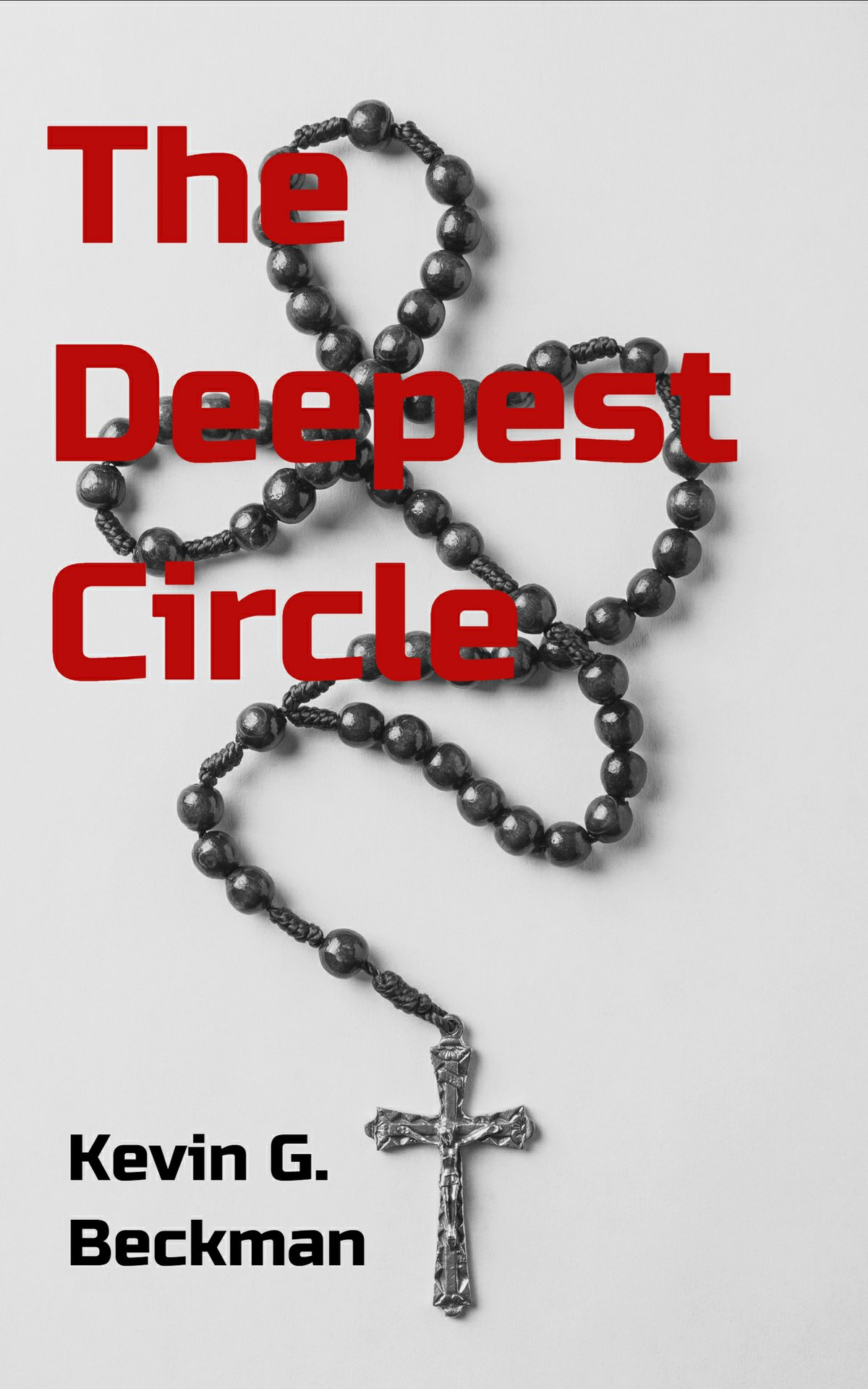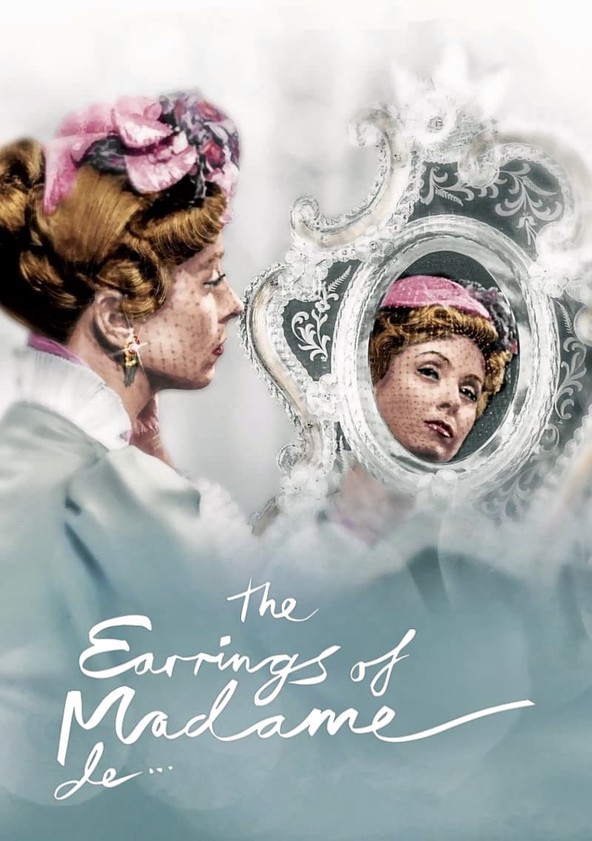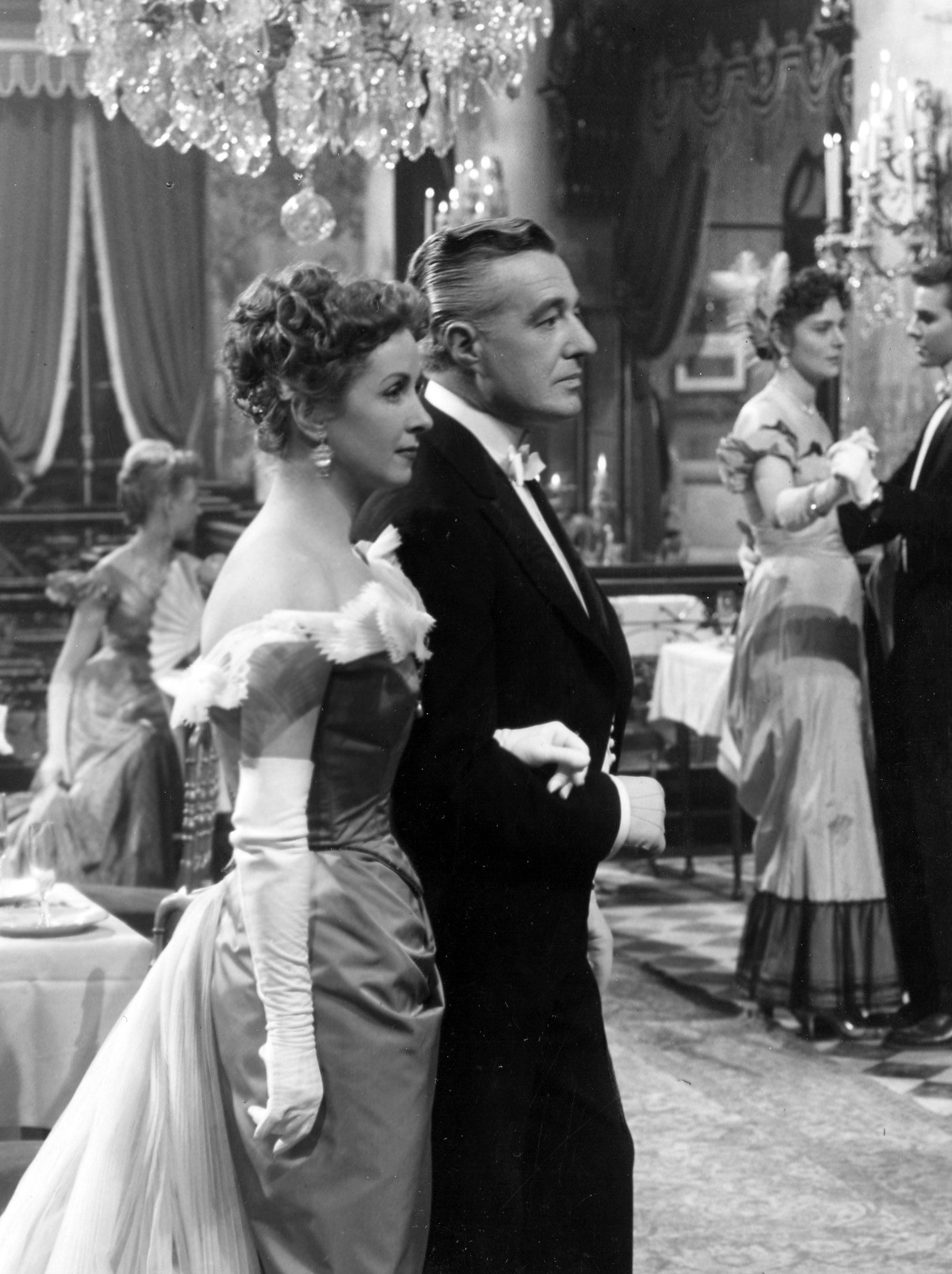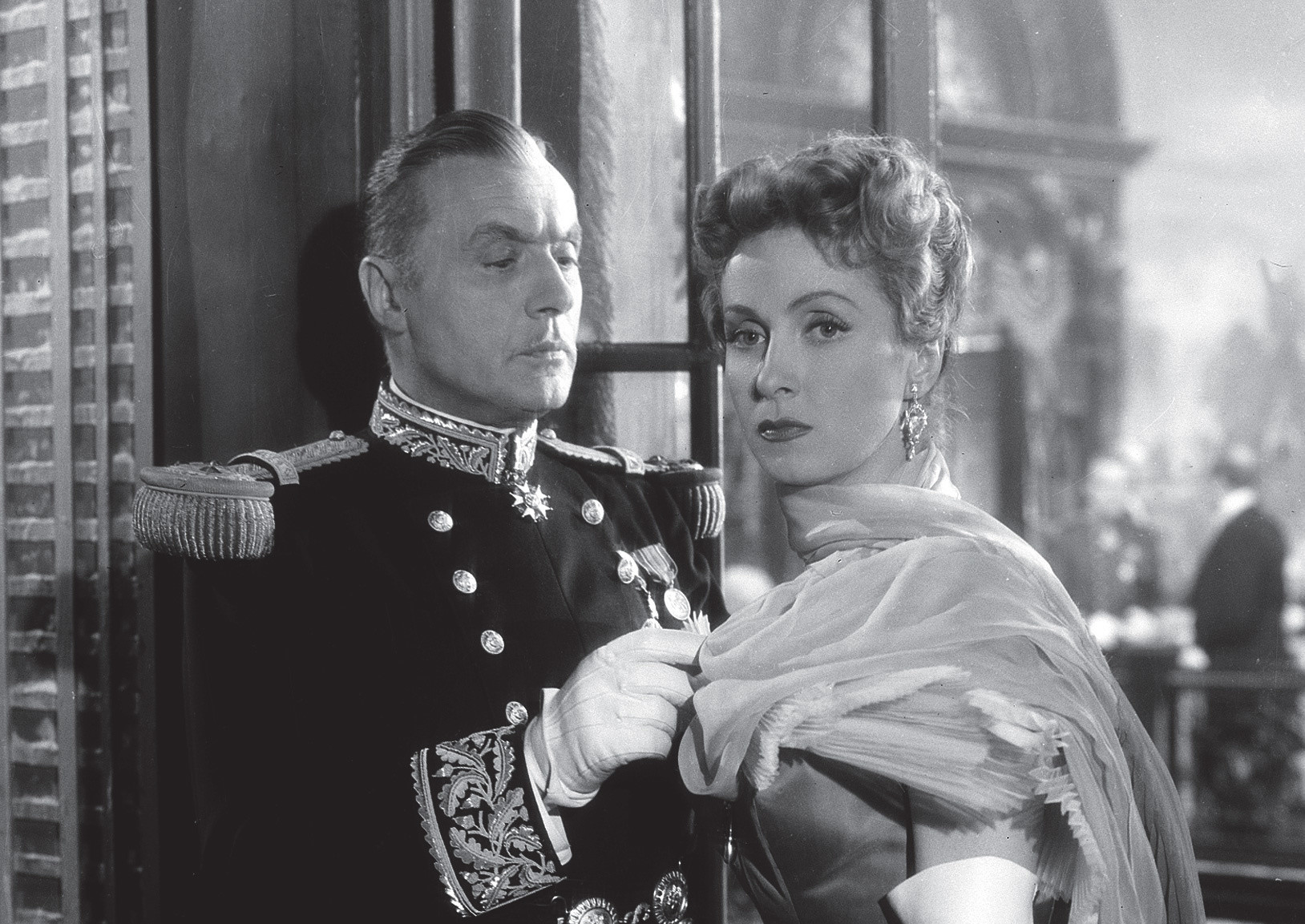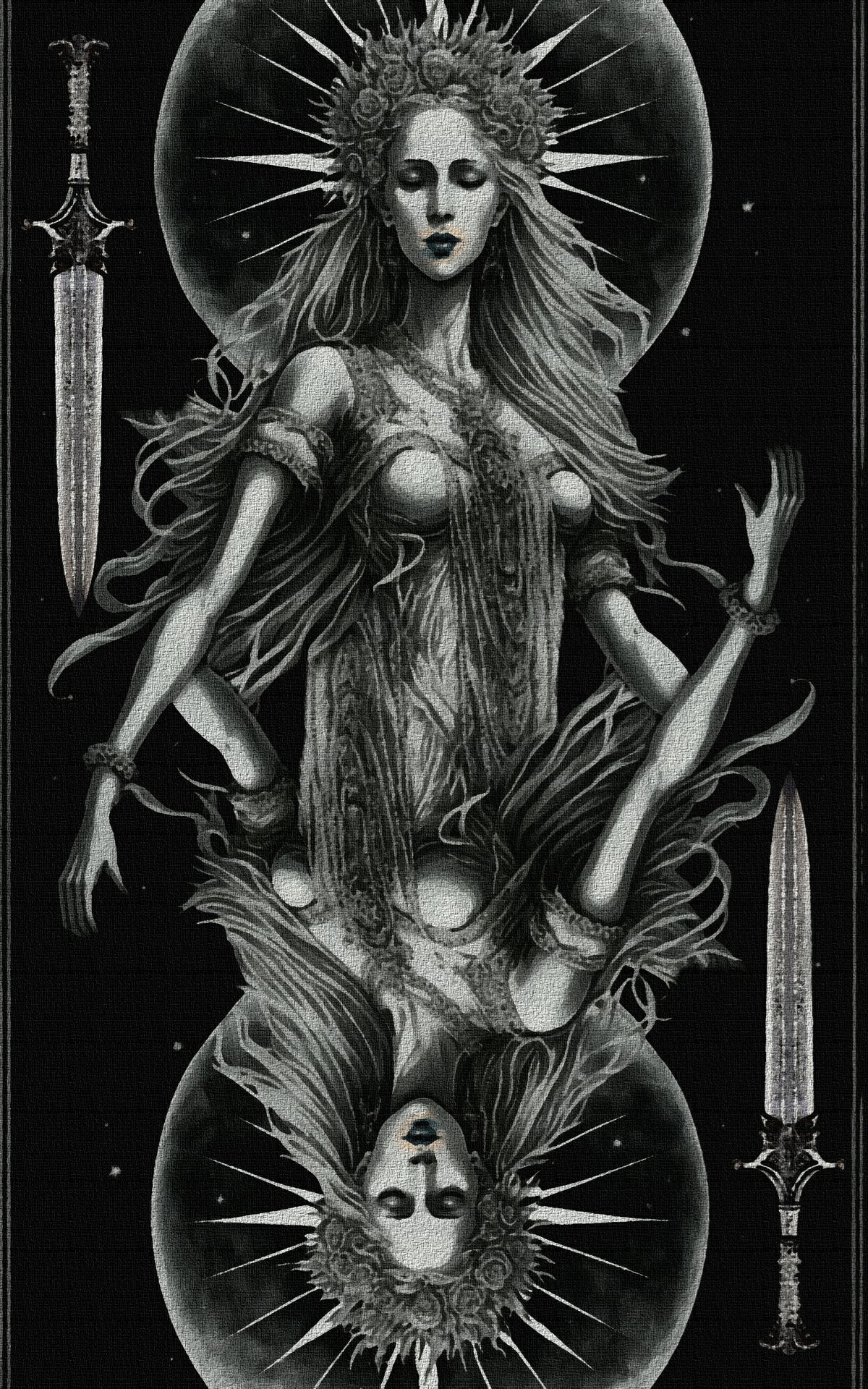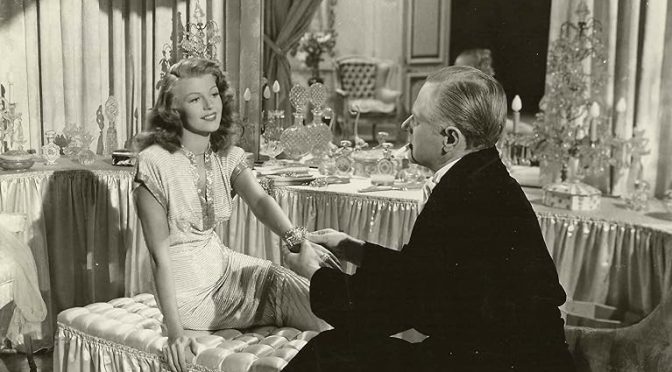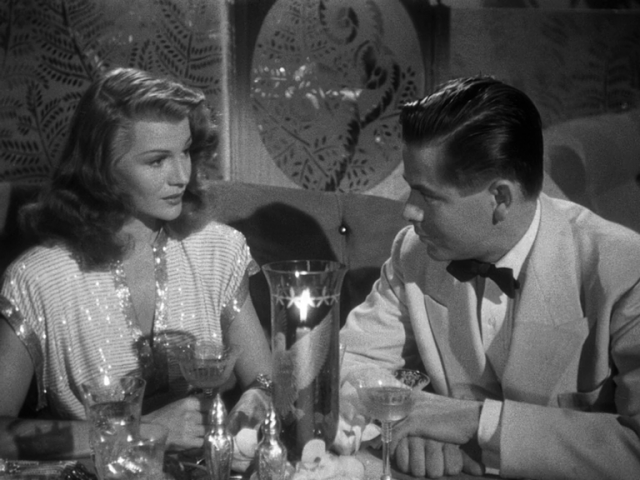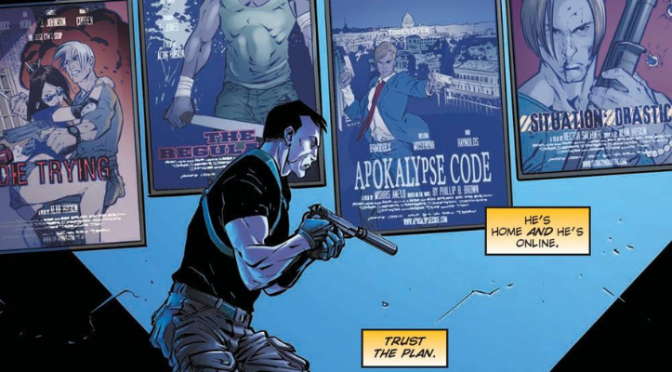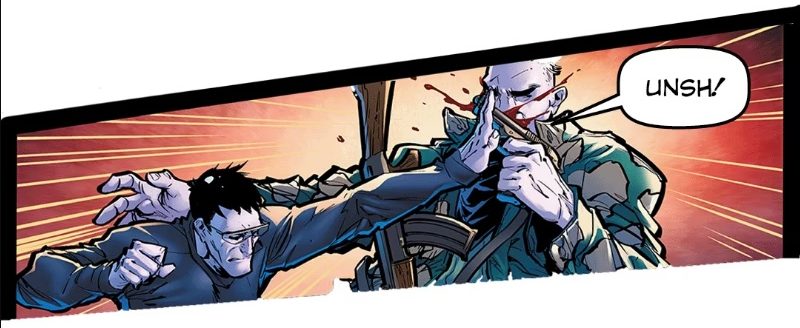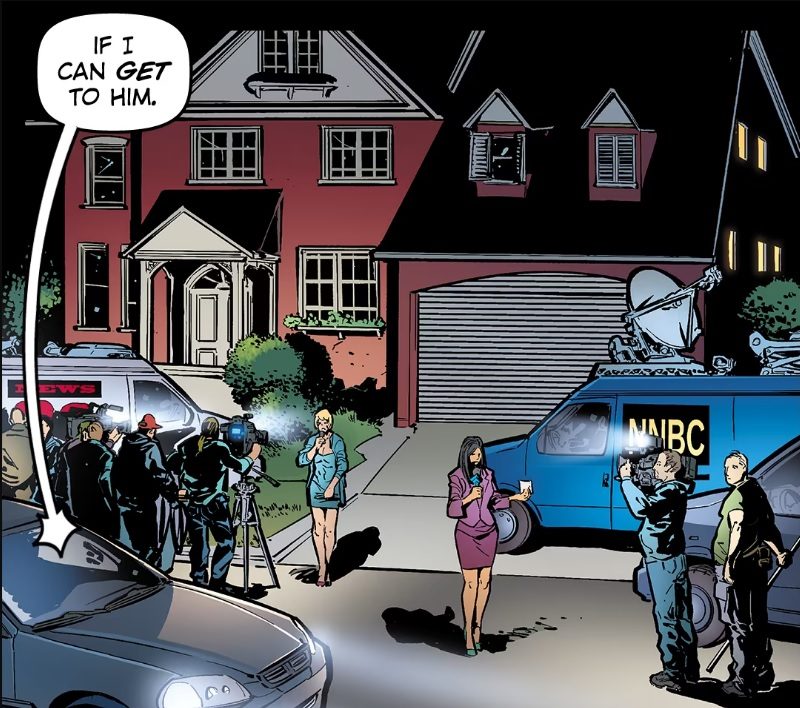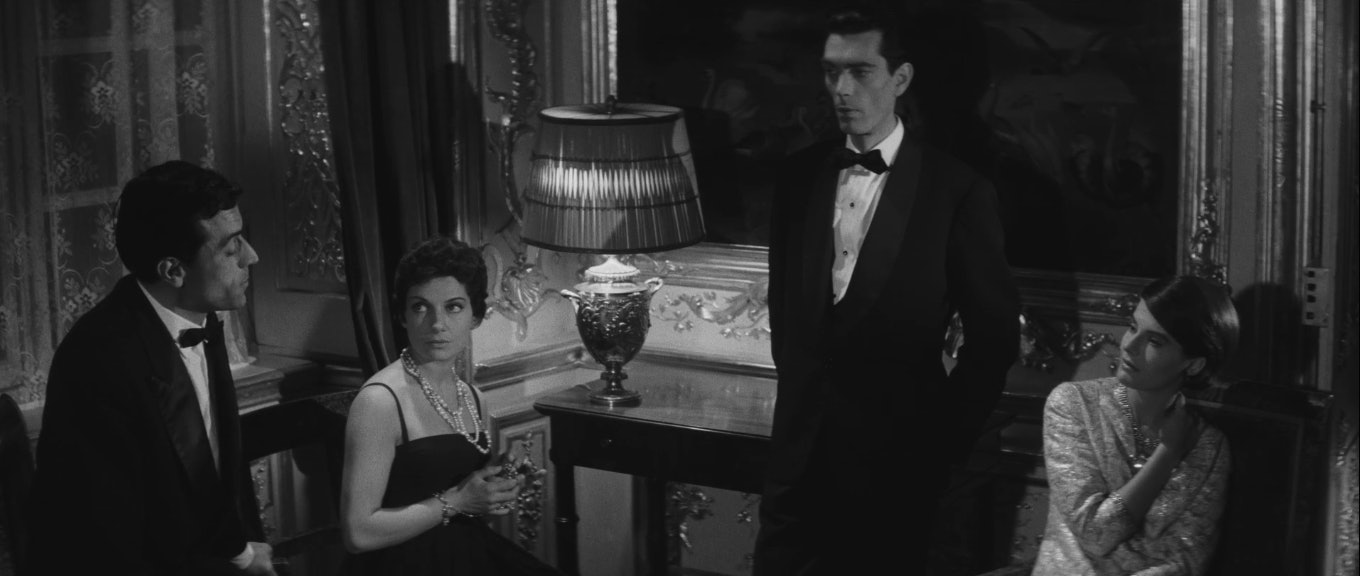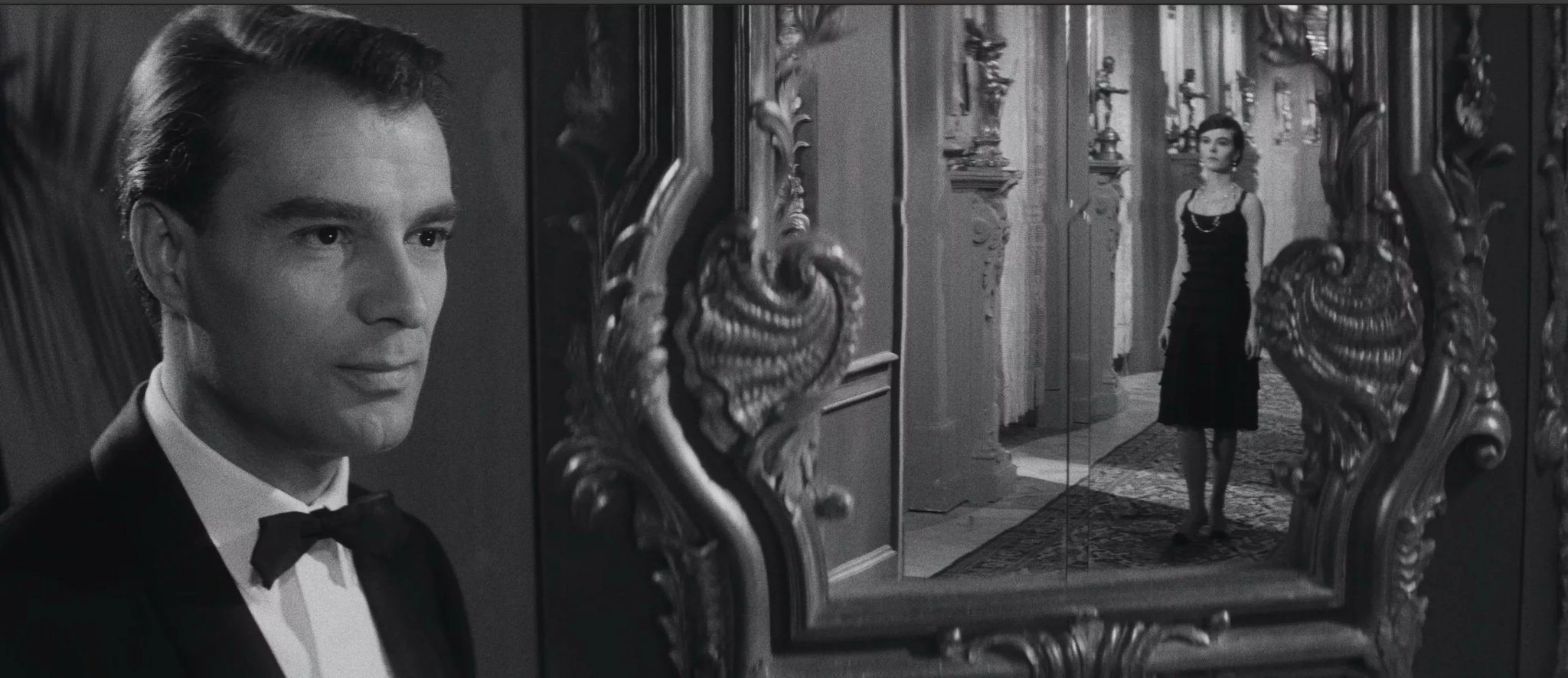(Author of BRIDGEHOUSE)
by

Q1: First thing that strikes me most about Bridgehouse is how professional it comes across when reading its content. Hard to believe this is your first publication. Can you tell us more about your writing background?
King: I’ve always been into storytelling, especially in movies. I went to film school (both theory and production) because it offered the broadest applicability. The rules of good screenwriting and stage direction, blocking, etc., apply to all the forms, whether it’s a novel, comic, moving image or interactive experience. I didn’t go into the film industry (blech), but I got what I wanted out of the degree.
As for actual writing, I did NaNoWriMo for a few years until I got bored of it. I wouldn’t show off any of that work, but it taught me how to crank out a serious word count on a daily basis. That put something on Bridgehouse‘s scale within grasping distance.
That’s about it for background, really.
Putting aside the novel’s development (a story in itself), I just wanted it to be as good as I could make it, and being broke means I have to wear all the hats. Paying customers expecting quality won’t accept excuses like not being able to afford an editor or typesetter or whoever, so I had to become proficient at all of it.
Mostly, I just didn’t allow myself to get away with being lazy or dishonest about problems.
Still, Bridgehouse does have some rough patches that a pro editor would likely balk at. I’ve already corrected those bad habits in my current work, and I’d love to some day do a revised edition of the novel with that extra half-percent of polish applied, and maybe with illustrations just for fun.
Q2: Here we have three main storylines which ever so slowly begin to converge in ways that leave the reader in awe, to say the least. How did that concept come about?
King: The narrative braid was a central conceit from relatively early on.
Catherine’s story is the oldest part both in fiction and truth, since I began working on it circa 2014, but it got set aside for a while.

Pon’s story came next, beginning sometime in 2015 or 2016, and was initially unrelated to Catherine’s altogether. His story went through the greatest evolution, growing in scope and scale the more I poked at it. I’d originally envisioned it only needing around 25k words to tell! Hilarious, given that just his introduction chapter in the Overture is nearly 10k.
Also, it was more obviously science fiction in its earliest form. Proto-Pon lived on a standard-issue sci-fi colony world, though the intelligence arc and overall journey plots were the same.
Then came the idea to combine the two stories, and Catherine’s tale became the backstory to Pon’s setting. From there, his turned increasingly fantastical the more I worked on it and the more I took the time scales seriously.
Qona’s story emerged during the development of Pon’s. Proto-Rado already existed as the typical Magic Helper, but proto-Qona was only a nameless background character, with her role being something like Moses’s sister Miriam. At that point, Lilia wasn’t much more than a love interest motivation for Pon.
But then, while I was massaging the event that became the Vei’id Wohen, I realized I could do something really cool with the proto-Qona if I promoted her to first-class character with her own arc and setting.
Thus, Qona Itarte was born.
I thought the neatest way to present the resulting super-story was something like a crab canon—which is a kind of musical palindrome where an arrangement and its backwards complement are played at the same time. So Pon and Qona’s stories began spiraling around each other, and Catherine’s story made the third strand of the braid.
Everything fell into place after that, though it still took several years of pondering and false starts before the first draft began in 2022.

Q3: Qona Itarte is a main character that seems to embrace the mantle of a national hero, a legend, and even a martyr. What inspired this character originally?
King: Qona is something of an Athena; she popped out of my head as a fully-formed symbol, though I didn’t fully understand what that symbol meant until I was approaching the climax in the first draft.
In the particulars, she’s very much my synthesis of the ancient Sumerian goddess Inana/Ishtar and the princesses Nausicaä and Kushana, from Miyazaki’s Nausicaä of the Valley of the Wind (the manga, not the film, which has a very different Kushana).
Symbolically, though I wasn’t thinking in these terms at the time, what I wanted was a kind of Queen David or Solomon, an inspiring, near-superhuman world-shaping leader who is nonetheless fatally human, whose mistakes and failures are as consequential as her victories and whose spirit is greater than her flesh.
She ended up stealing the show, so I think I got it right.
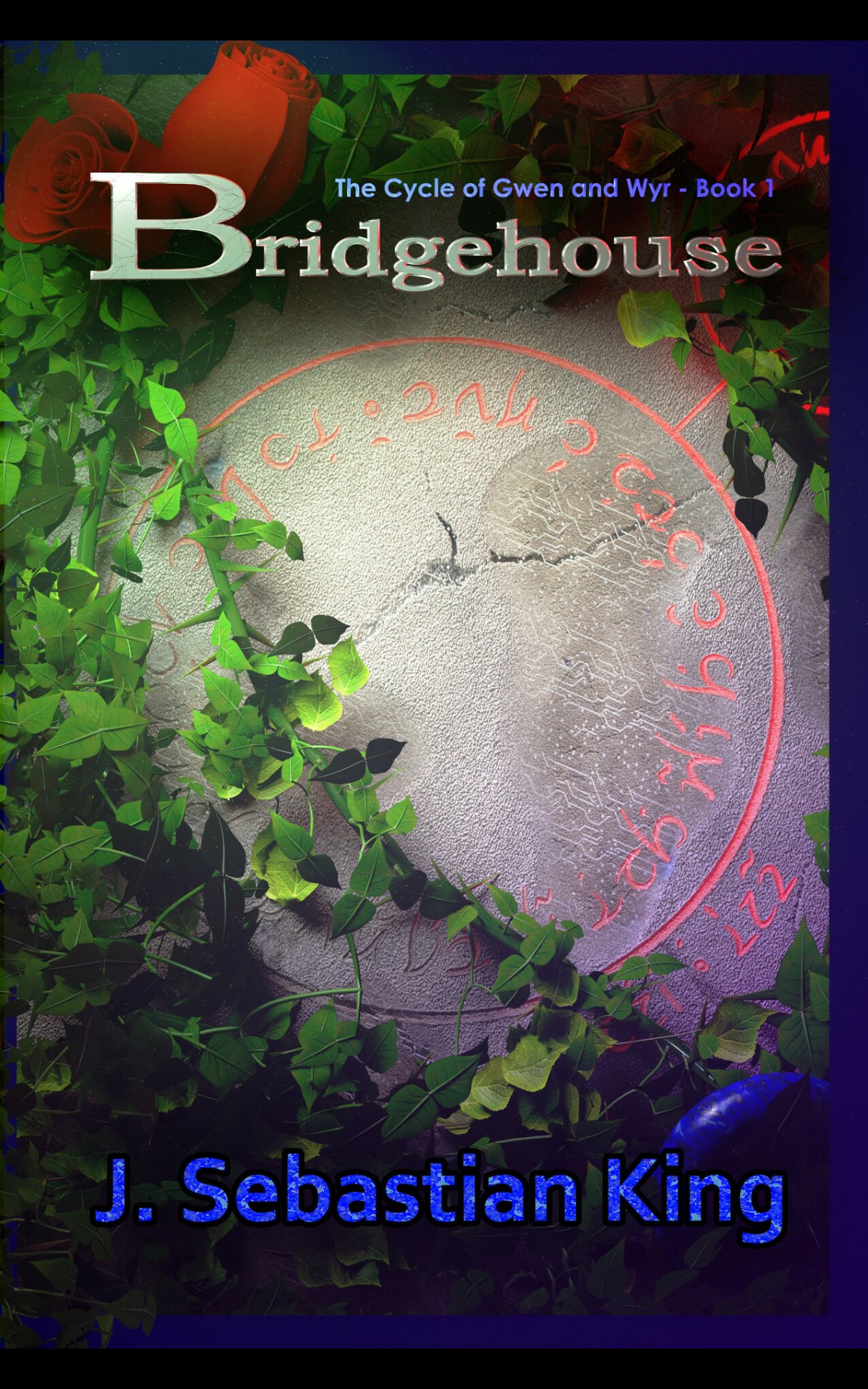
Q4: Essentially this book could be labeled as sci-fi but really incorporates other genres into it. It feels as though you wanted to write science fiction, but also sword and sorcery and perhaps space opera like Star Wars, and Bridgehouse was the result. Is that even close to how you look at it?
King: I subscribe to the notion that fantasy and science fiction are both subcategories of speculative fiction, diverging in one fundamental way: fantasy exists in an unknowable universe, and SF exists in a knowable one.
The setting of Bridgehouse is a knowable universe.
I like to fancy it hard science fiction, but perhaps crunchy science fiction is more honest, and the completed three-volume story will probably be correctly labeled space opera.
I do my best to adhere to known physics; thermodynamics is a first-class concern, relativity applies, etc. But, especially in Pon’s story, I don’t explain things that way, if I explain them at all.
As an example, in Chapter 15 (Crest), the river leading to Highest-Home is hot and muggy for days, the karst-landscape valley filled with a stinking mist that later clears. That mist is created by waste heat being pumped into the river by a mysterious process occurring ‘off-screen’, but I only use it as environmental description. Readers who have reached the end of the book can guess at the nature of that process.
That said, one of my favorite books and biggest inspirations is Vernor Vinge’s A Fire Upon the Deep, and what really struck me was how Vinge used character perspective to achieve a really slick fantasy flair atop a serious sci-fi story.
The genre-jamming in Bridgehouse is a deliberate use of this effect. Catherine’s story feels like traditional hard sci-fi because that is the world she perceives, Pon’s story feels like fantasy grounded in myth because that is the world he perceives, and Qona’s story carries an operatic mode because she lives in the decline of a post-Singularity galaxy of wonders.
Books Two and Three continue the genre-mixing trend, including proper space opera; I’m hoping to achieve a full Macross moment by the end.
The downside is that it makes explaining the book in a succinct way very difficult.
Q5: What I admire the most is the scope and ‘massiveness’ of this project. It was also what initially made me doubt the outcome. But you proved me wrong. Is there any advice you can give to upcoming independent authors in order to never lose control of their ship, for lack of a better term?
King: I’m still riding this particular boat, and Book Two is a much more ambitious and complex work than Bridgehouse, so any advice I give might be flawed.
Nonetheless, I am an admirer of the aviator and writer Antoine de Saint-Exupéry, author of The Little Prince. He believed in a beautiful premise, which he stated as, “Perfection is achieved, not when there is nothing more to add, but when there is nothing left to take away.”
Bridgehouse readers will note his full name is Antoine Marie Jean-Baptiste Roger.
In practice, don’t worry about hitting every note during the first draft. Focus on getting the core narrative down first, with clear story beats and a well-defined structure, and resist the urge to overly world-build.
Then, during revisions, you can figure out what the story actually needs. If it has too much, cut what doesn’t help the story. If it needs something more, add only the minimum needed to make the story work.
That’s much easier when you’re working backwards from a tangible ending.
As an example, in Bridgehouse, the mechstrosities present a major environmental threat. Though they were always planned for the story, they never appear in the first draft. In fact, the first time I wrote them was in an early chapter of Book Two!
Also, Kalas disappeared after Chapter 9, most of the Angel Bay men were nameless background characters, the Sorceress Jevim didn’t exist nor did any of the Anjhall Security soldiers we follow through the war. Watru only came into being the moment I needed a medic in Chapter 12, and Ladhe appeared in revisions to support his new sections. Poor Braedh was never seen at all.
If I’d tried to juggle all of that on the first draft I would have been completely bogged down in the details and wasted a lot of time trying to develop characters without a clear goal for many of them. Each piece was added only after I worked backward from the ending and determined something in the narrative was lacking.
The first draft took three months. Revisions took over a year.
Q6: As I wrote in my review, your approach to story writing at times reminds me of another indie author, James Krake. You both seem to be very pragmatic and very analytical. Do you make a conscious effort to pay attention to even the slightest details that go into a story?
King: Of course. Everything is there for a reason, or in some cases many reasons, some of which won’t become clear until the later books. Even the occasional oblique cultural references are carefully chosen for secret meanings.
Bridgehouse generated about 30k words of notes during revisions, and the glossary features around five thousand words of extraneous details I just thought were fun to include somewhere.
Q7: Finally, I want to thank you for not only blessing me with a new great universe that I thoroughly enjoyed, but for proving me wrong when I was convinced this book was going to be a FAIL! What can we expect in Book Two and can we hope to still see Qona, without giving too much away?
King: I’m glad you enjoyed it. I know the story’s length is a big reader investment, and I aimed to reward that investment.
Book Two continues right where Bridgehouse leaves off, following Catherine, Lilia, Pon and Amata, and we’ll also meet new main characters in new storylines.
The narrative katamari keeps rolling and the scale keeps increasing. We’ll explore the Many Worlds and Bridges, meet the Starborne and learn more about the natures of the Vei’id Wohen and what the people of LW642 called the Isema System. There will be space battles, Deadworld ruin explorers, a cute intrepid space girl, high weirdness, cosmic horror, betrayals, tragic revelations and devastating victories.
And romance, of course.
As for Qona, I’ll point out that the Codetta ends with her rose chapter emblem as a cadence.
Book two’s tentative title is Matron of the Many Worlds.
It will probably be published in 2025. The first draft is done, but just as with Bridgehouse the bulk of the work is in the revision process. Even in rough form it can knock your socks off, though! It’s going to be great.
In the meantime I have two other, much more modest books I’m prioritizing for release this year.
One is the first in a series of planned Bridgehouse-related novels, collectively titled Malin and the Sorcerers of Virsh. (I call it MatSoV.) It tells the story of Malin ir Malin and his equine Crashing-Storm as they begin a return home following the events in Pon’s story. It’s canonical to the other books but outside the scope of the proper sequels, and can be read independent of Bridgehouse.
It will be a pure sword and sorcery pulp serial, with a straightforward and focused narrative. This first book will be somewhere in the range of 60 to 70k words, so relatively bite-sized. I’m in revisions now, plan to get it into beta-reader hands in July and will likely publish this autumn at the latest.
The other book is a semi-secret project I’m taking a completely different production approach with. It’s a fast-paced noble-bright pulp space opera thing that might be comparable in length to the MatSoV book, but I’m still cranking on the first draft so it’s hard to say. I’d like to get it out this year.
Remember: Virtual Pulp is your go-to website for reviews and interviews of indie fiction, plus movies and comics.
![]()
